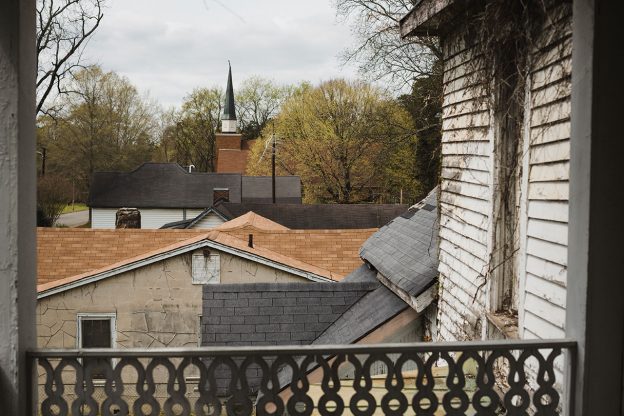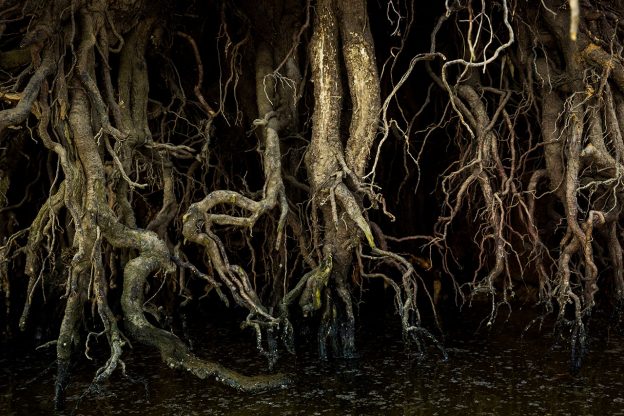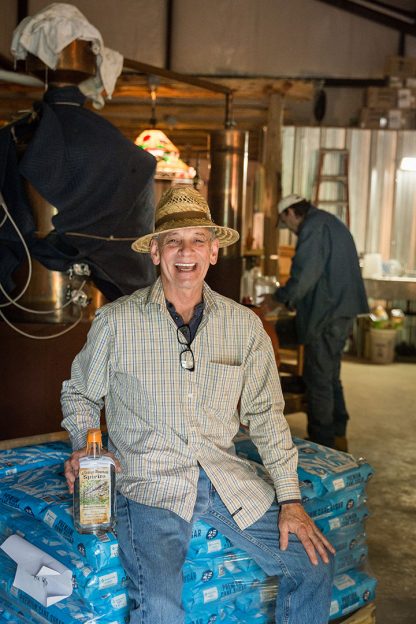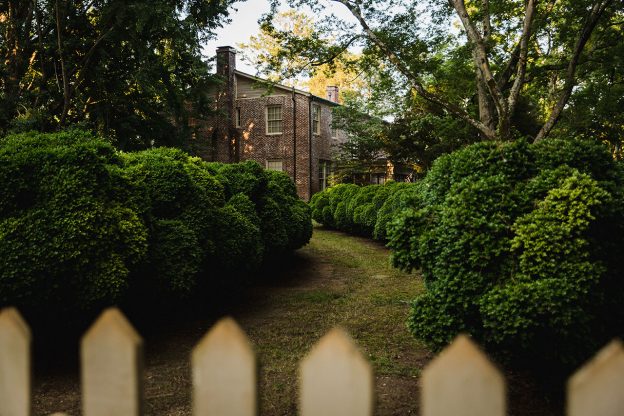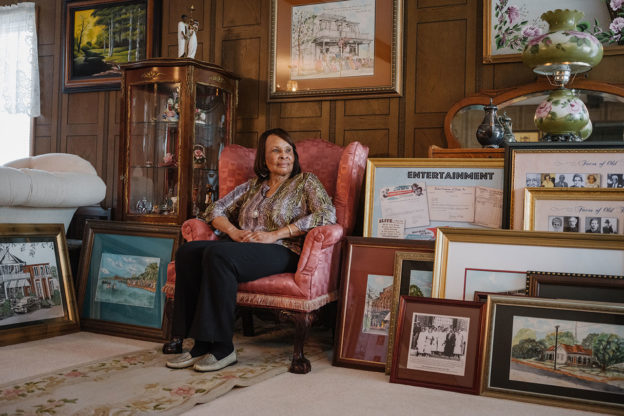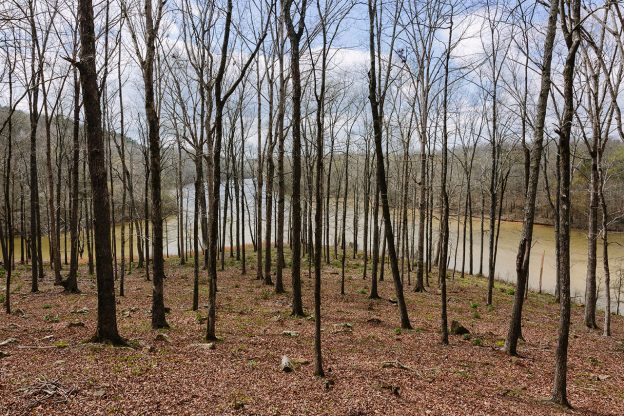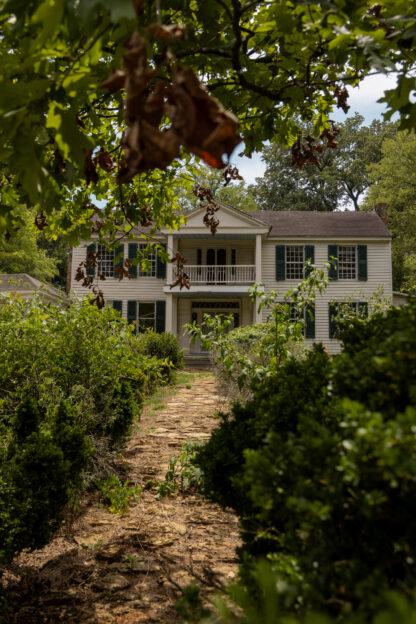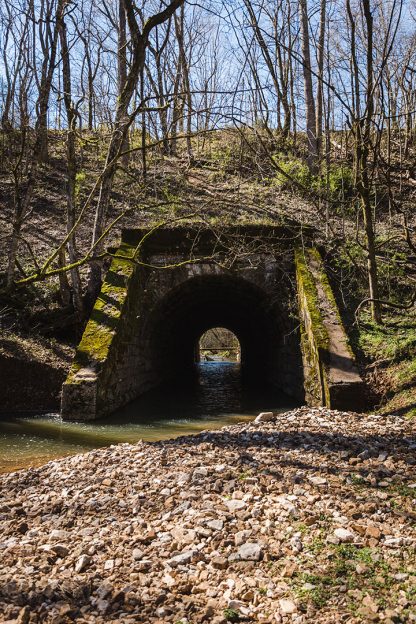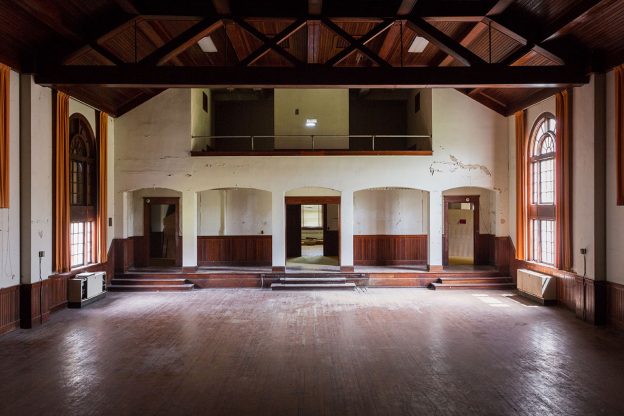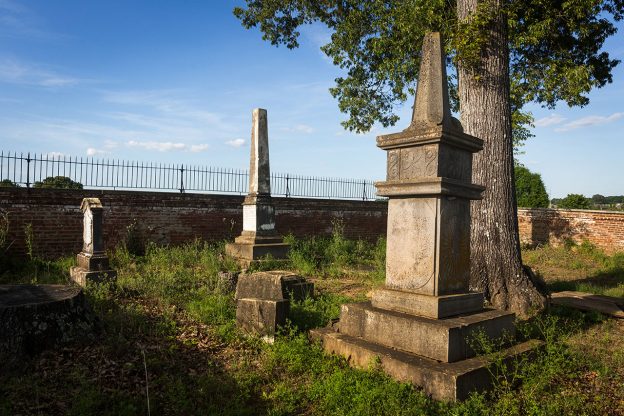Hidden Spaces are everywhere.
Hidden Spaces are indeed everywhere. What may be concealed from everyday view has deep meaning for some, even many. Finding hidden spaces takes time and a willingness to look. It takes curiosity and creative thinking. The study of material culture teaches us to peer deeply into a single object first to awaken creative wonder at what it might be. Subsequent steps move concentrically to marry what could be with what might just have been. Spaces on the landscape require a similar approach. A small patch of woods off to itself might hold stories and experiences familiar only to its direct neighbors, but this familiarity and interaction creates identity and sustains culture.
Entering such a place might yield traces – a trail, carved wood, detritus. All are signatures of people interacting with this space. Over time, the patch of woods might acquire a name. Gradually, the name is familiar to those local few. It is now their place, even better if they retain the only knowledge of it.
Wider areas have names too, and they often carry the important weight of history. Whole landscapes are designated as historically important and such places elevate to carry the status of protection. These large, acknowledged areas therefore become part of a national fabric and identity. In microcosm, hidden spaces are just as important to those local few who know and interact with them. Their smallness and everydayness often preclude a conscious recognition of importance or, weightier, history. But probe a bit and ask those local few if they know its name and what they do in that space and they will speak volumes. Some might well-up in tears, drifting into a wave of memory and of a past they are sure feels purer than now. Others might speak of fear, a residue from their childhood that stings. Still others might speak with a joy only elicited after the mention of this hidden space. In all cases, people will speak of themselves through their sense of place.
